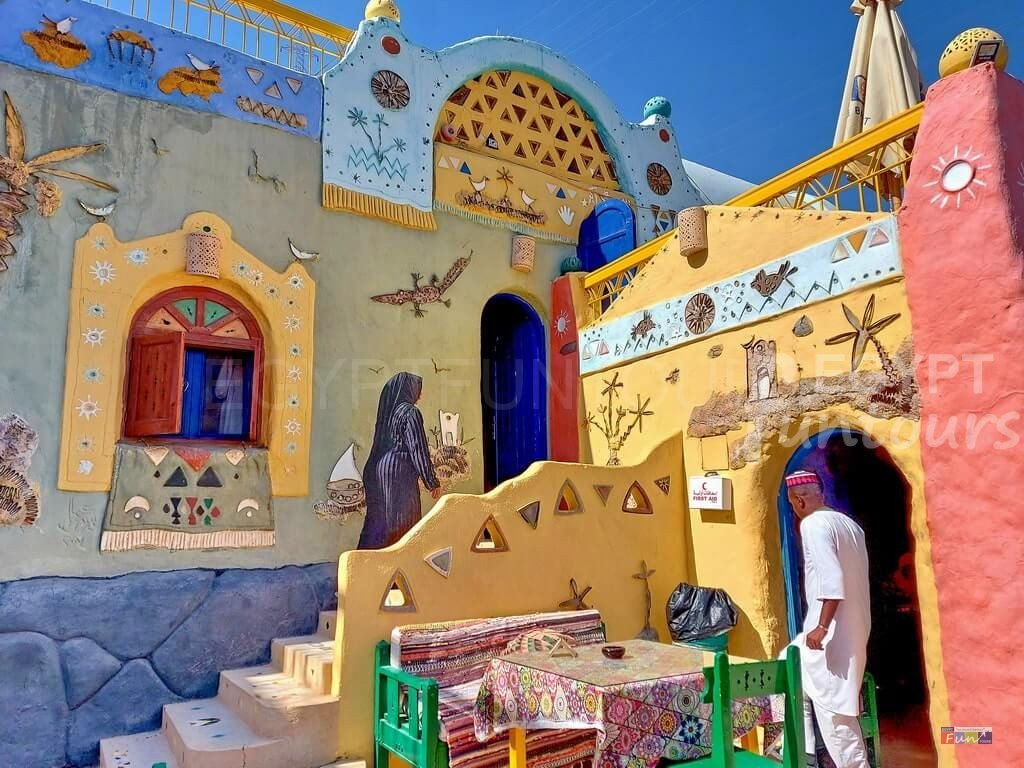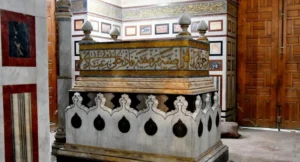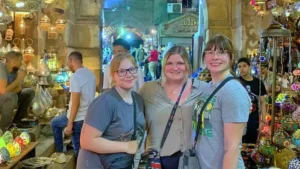A Guide to the Nubian People of Egypt
The history of the Nubian people in Egypt is an important part of the cultural identity. Egyptians are a blend of many different cultures and races. They have facial features and skin tones similar to those of most African races. It is a mistake to think of them as only Middle Eastern, Arab, or Mediterranean. The Nubians are a distinct ethnic group in Egypt. They live in the southern highlands of Egypt and the northern parts of Sudan. Here is everything you need to know about their history in Egypt.




























